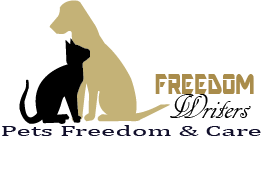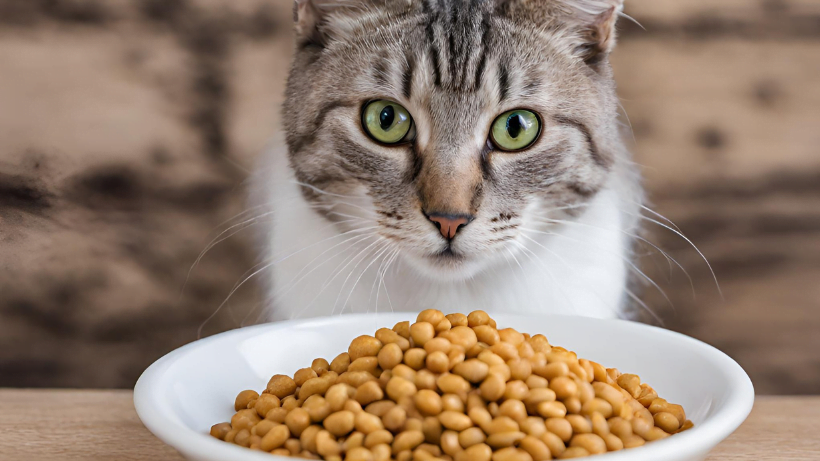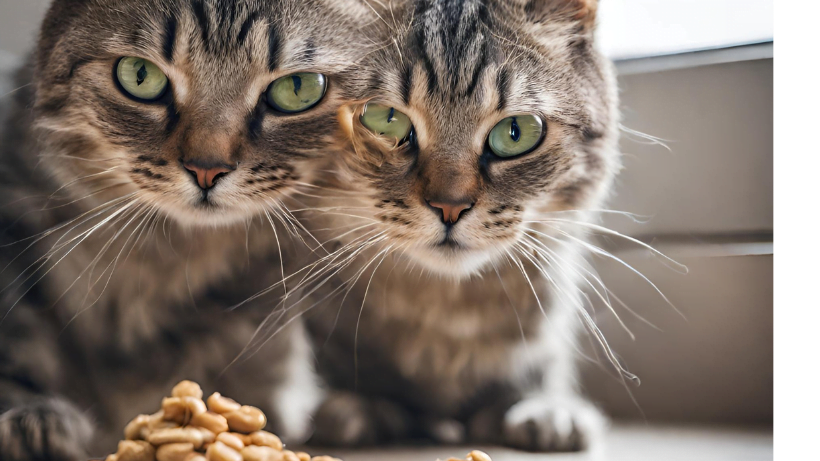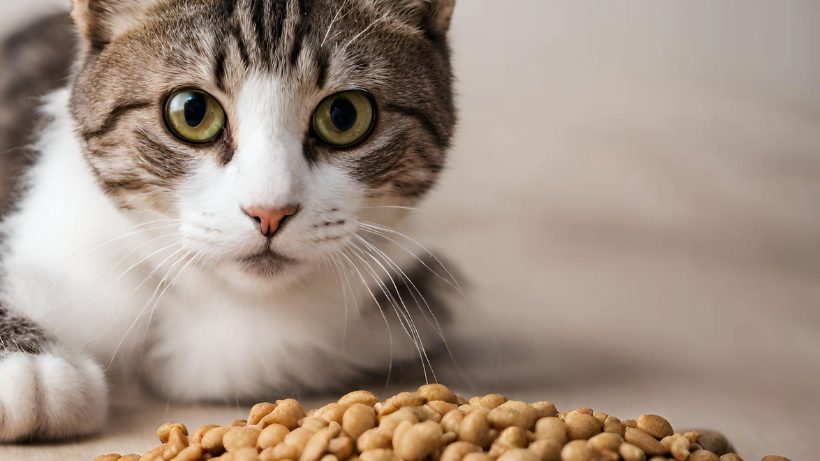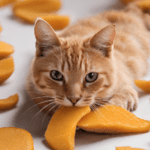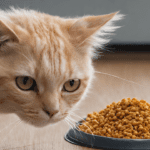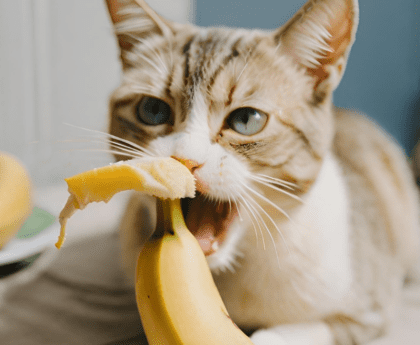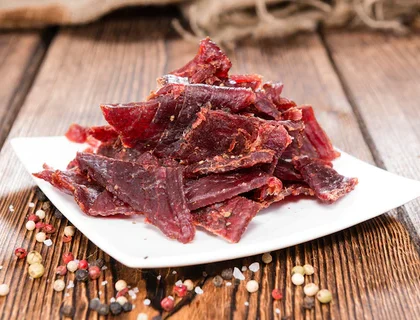Why Dry Food Is Bad for Cats: Understanding the Risks
Introduction
In recent years, there has been a growing concern among cat owners about the impact of dry food on their feline companions’ health. While dry cat food, also known as kibble, is a convenient choice for pet owners, it may not be the best option for the overall well-being of your beloved feline friend. In this article, we’ll explore why dry food is considered detrimental to cats and discuss healthier alternatives to ensure your furry friend leads a long and healthy life.
The Popularity of Dry Cat Food
Dry cat food has gained immense popularity due to its convenience and long shelf life. However, it’s essential to understand the potential drawbacks associated with this type of diet.
The Problem with Dry Food
1. Lack of Hydration
Cats are notorious for being low drinkers. Unlike dogs, they often don’t drink enough water, which is essential for maintaining proper kidney function. Dry food contains only 5-10% moisture, whereas canned cat food typically has around 75-80% moisture content. This significant difference means that cats on a dry food diet are at risk of becoming dehydrated, leading to urinary tract problems and kidney disease.
2. High Carbohydrate Content
Most dry cat foods are laden with carbohydrates, primarily in the form of grains and fillers. Cats are obligate carnivores, which means their bodies are designed to thrive on a diet rich in animal protein. Excessive carbohydrates can lead to weight gain, diabetes, and other metabolic issues in cats.
3. Dental Health Misconception
One common argument in favor of dry cat food is that it helps maintain dental health by reducing tartar buildup. While kibble may provide some mild abrasive action, it’s not a substitute for regular dental care. Brushing your cat’s teeth and providing dental treats designed for feline dental health are more effective ways to ensure their oral hygiene.
4. Obesity Epidemic
Due to the high carbohydrate content and calorie density of dry cat food, obesity has become a significant concern among cats. Obesity can lead to various health issues, such as arthritis, heart disease, and a reduced lifespan.
Healthier Alternatives
1. Wet Cat Food
Opt for wet cat food with a high protein content and minimal fillers. This choice helps ensure your cat stays adequately hydrated and receives the necessary nutrients.
2. Raw or Homemade Diet
Some cat owners prefer feeding their pets a raw or homemade diet, consisting of lean meats, organs, and supplements. Be sure to consult with a veterinarian to create a balanced and safe meal plan.
3. Limited Ingredient Dry Food
If you’re hesitant to eliminate dry food entirely, consider switching to a limited-ingredient, high-quality dry cat food with a reduced carbohydrate content. This can be a middle-ground option to address some concerns.
Additional Tips for Cat Owners
4. Portion Control
Regardless of the type of food you choose for your cat, portion control is crucial. Overfeeding, whether it’s dry or wet food, can lead to obesity. Follow the feeding guidelines on the packaging or consult your veterinarian to determine the appropriate portion size for your cat’s age, weight, and activity level.
5. Gradual Transition
If you decide to switch your cat’s diet from dry to wet food, or any other dietary change, do it gradually. Sudden shifts can upset your cat’s stomach. Mix a small amount of the new food with the old, gradually increasing the proportion of the new food over several days.
6. Regular Vet Check-ups
Routine veterinary check-ups are essential to monitor your cat’s health, especially if you make dietary changes. Your veterinarian can provide guidance on the best diet for your cat’s specific needs and catch any health issues early.
7. Watch for Allergies
Some cats may develop food allergies or sensitivities. If you notice signs such as vomiting, diarrhea, or skin problems, consult your vet. They can help identify any allergies and recommend an appropriate diet.
8. Avoid Free-Feeding
Free-feeding, where you leave food out for your cat to eat at their leisure, can lead to overeating. Stick to scheduled meal times to control portion sizes and monitor your cat’s intake.
Pros And Cons of Dry Cat Food
| Pros of Dry Cat Food | Cons of Dry Cat Food |
|---|---|
| Convenient and easy to store | Low moisture content, leading to potential dehydration |
| Long shelf life | High carbohydrate content, which can contribute to weight gain |
| Crunchy texture may help with dental health (limited) | Misconception that it substitutes for proper dental care |
| Easy portion control | Risk of obesity due to calorie density |
| Lower cost compared to some wet or specialty diets | May contain fillers and artificial additives |
| Suitable for cats with specific dietary needs (e.g., urinary health) | May not appeal to picky eaters |
| Can be left out for free-feeding | Can be less palatable to some cats |
| Comes in various formulations for different life stages and health issues | Limited in providing essential moisture |
Pros of Dry Cat Food
- Convenience: Dry cat food is incredibly convenient for both cat owners and their pets. It can be left out for longer periods without spoiling, making it an ideal choice for free-feeding or for busy owners who may not be available for scheduled feedings.
- Long Shelf Life: Dry cat food has an extended shelf life compared to wet food or raw diets. This means you can buy in larger quantities, reducing the frequency of trips to the pet store.
- Crunchy Texture: The crunchy texture of kibble can have some dental benefits. The abrasive action of chewing on dry food may help remove some plaque and tartar from a cat’s teeth, although it’s not a substitute for regular dental care.
- Easy Portion Control: Dry cat food is pre-portioned in kibble form, which makes it easy to measure and control the amount you feed your cat. This can be particularly helpful for cats that need to maintain a specific weight.
- Lower Cost: Dry cat food is often more affordable than canned or specialty diets. This cost-effectiveness can be especially advantageous for owners on a budget.
- Specialized Formulations: There are many different formulations of dry cat food available to address various life stages and specific health issues. Some are designed for kittens, seniors, or cats with specific dietary needs (e.g., urinary health).
- Suitable for Cats with Specific Dietary Needs: Some cats may require special diets due to medical conditions, and dry cat food offers options formulated to address these needs.
- Palatability for Some Cats: Certain cats may prefer the taste and texture of dry food over wet food, making it easier to ensure they eat enough to meet their nutritional requirements.
- Variety of Flavors and Ingredients: Dry cat food comes in a wide variety of flavors and ingredient combinations, allowing you to cater to your cat’s preferences.
Cons of Dry Cat Food
- Low Moisture Content: One of the most significant drawbacks of dry cat food is its low moisture content, typically around 5-10%. Cats are not natural water drinkers, and a dry diet can lead to chronic dehydration, increasing the risk of urinary tract problems and kidney disease.
- High Carbohydrate Content: Many dry cat foods contain high levels of carbohydrates in the form of grains and fillers. Cats are obligate carnivores, and an excessive carbohydrate intake can lead to weight gain, diabetes, and other metabolic issues.
- Dental Health Misconception: While some argue that dry food helps maintain dental health, it’s not a substitute for regular dental care. Brushing your cat’s teeth and providing dental treats designed for feline dental health are more effective ways to ensure their oral hygiene.
- Obesity Epidemic: Due to the high carbohydrate content and calorie density of dry cat food, obesity has become a significant concern among cats. Obesity can lead to various health issues, such as arthritis, heart disease, and a reduced lifespan.
- Fillers and Artificial Additives: Some dry cat foods may contain fillers, artificial flavors, colors, and preservatives, which can be detrimental to your cat’s health in the long run.
- May Not Appeal to Picky Eaters: Some cats are picky eaters and may not find dry food as appealing as wet or freshly prepared options.
- Limited in Providing Essential Moisture: Cats rely on their food to provide a significant portion of their daily moisture intake. Dry cat food’s low moisture content means that cats on this diet may not get enough hydration.
Conclusion
In conclusion, while dry cat food may offer convenience, it comes with several potential risks and drawbacks that can harm your cat’s health in the long run. As responsible pet owners, it’s crucial to prioritize our feline companions’ well-being. Opting for alternatives such as wet food, a raw diet, or high-quality limited-ingredient dry food can contribute to a happier and healthier life for your beloved cat.
FAQs
- Is all dry cat food bad for cats? Not necessarily. While many conventional dry cat foods have high carbohydrate content, there are some high-quality options with better ingredients. It’s essential to read labels and choose wisely.
- Can I mix dry and wet cat food? Yes, mixing both dry and wet food can be a balanced approach. Ensure the overall diet meets your cat’s nutritional needs.
- How can I encourage my cat to drink more water? You can encourage hydration by providing a clean and fresh water source, using cat fountains, and incorporating wet food into their diet.
- Are there any specific health risks associated with dry food for kittens? Kittens have specific dietary needs for growth, and a diet primarily consisting of dry food may not meet those needs adequately. Consult your veterinarian for the best kitten diet.
- Is homemade cat food a safe option? Homemade cat food can be safe and nutritious if well-balanced and prepared with the guidance of a veterinarian or pet nutritionist.
The Bottom Line
In your journey as a responsible cat owner, choosing the right food for your feline companion is a critical decision. While dry cat food has its conveniences, it’s important to be aware of the potential health risks associated with it. By opting for alternatives like wet food, a raw diet, or high-quality limited-ingredient dry food, and following the tips mentioned above, you can ensure that your cat receives the best nutrition for a long and healthy life.
